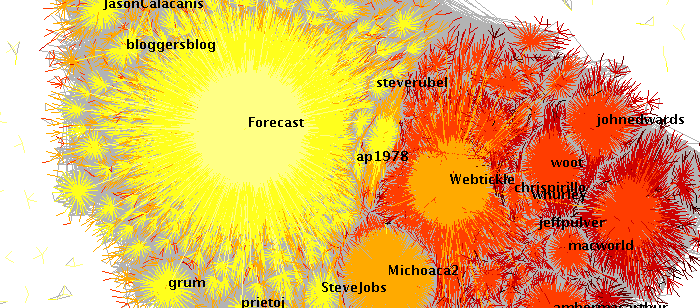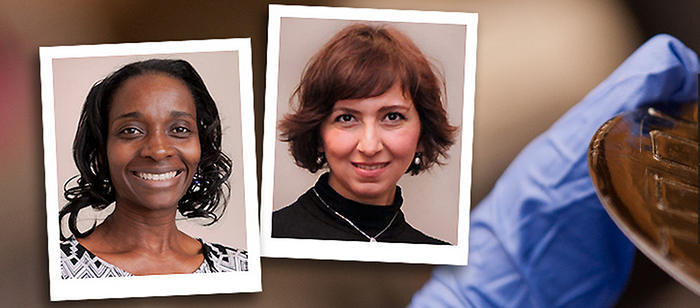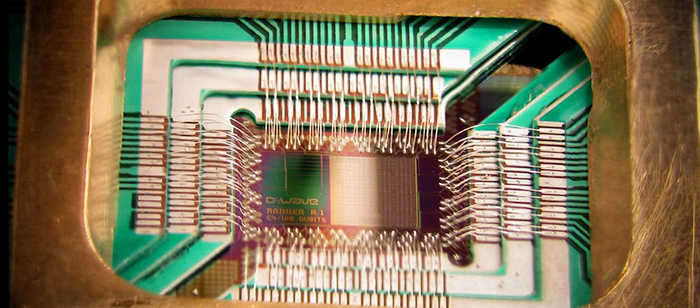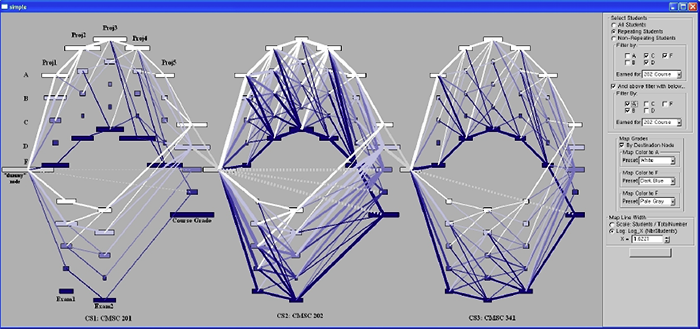
UMBC Information Systems Department
Topical Search in Twitter
Dr. Niloy Ganguly
Indian Institute of Technology Kharagpur
1:00pm Tuesday, 5 November 2013, ITE 459
Twitter is now a popular platform for discovering real-time news on various topics. We are developing methodologies to improve topical search in Twitter, specifically search for topical experts and popular content on specific topics. Utilizing social annotations provided by the Twitter population through the Lists feature, we have developed the following:
- A novel who-is-who system for Twitter, which gives the topical attributes of a specified user. The list-based methodology gives accurate and comprehensive topical attributes for millions of popular Twitter users.
- A search system for topical experts in Twitter. Comparison of our system with the expert search service offered by Twitter shows that the List-based method provide better results for a large number of topical queries.
- A novel topical search system which, given a topic, identifies and clusters the content (tweets, hashtags) being discussed by the community of experts on that topic. Our methodology gives relevant and trustworthy content for a wide range of topics. To the best our knowledge, this is the first systematic attempt to utilize social annotations to provide topical search in Twitter.
Niloy Ganguly is an associate professor in the department of computer science and engineering, Indian Institute of Technology Kharagpur. He received his PhD from Bengal Engineering and Science University, Calcutta, India and his Bachelors in Computer Science and Engineering from IIT Kharagpur. He has been a post doctoral fellow in Technical University of Dresden, Germany. He focuses on investigating several different aspects on online-social networks. He has worked on designing recommendation system based on community structures on various web-social networks like Twitter and Delicious. He has also simultaneously worked on various theoretical issues related to dynamical large networks often termed as complex networks. Specifically he has looked into problems related to percolation, evolution of networks as well as flow of information over these networks. He has been collaborating with various national and international universities and research lab including Duke University, TU Dresden, Germany, MPI PKS and MPI SWS, Germany, Microsoft Lab, India etc. He currently publishes in various top ranking international journals and conferences including CCS, PODC, ICDM, ACL, WWW, INFOCOM, SIGIR, Euro Physics Letters, Physical Review E, ACM and IEEE Transactions, etc.









